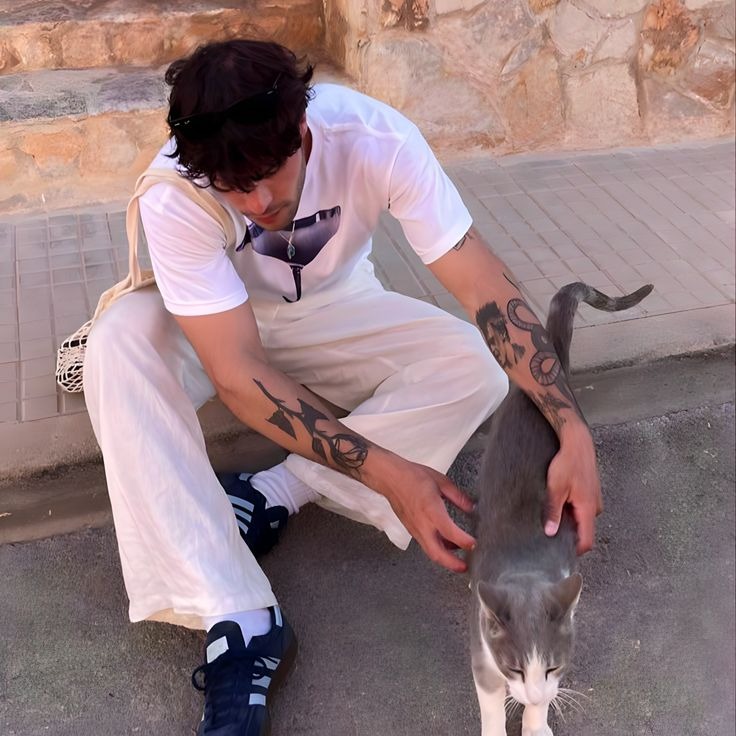
The Ultimate Guide to T-Shirt: History, Styles, and Cultural Impact
T-shirt are one of the most versatile and universally loved items of clothing. They have transcended their humble beginnings to become a staple in wardrobes worldwide. Whether you wear a T-shirt for comfort, fashion, or as a statement piece, there’s no denying their significance in the fashion world. This guide delves into the history, styles, cultural impact, and reasons why T-shirt continue to be an essential part of everyday fashion.
The History of T-shirt
The origins of the T-shirt can be traced back to the late 19th century when it was initially used as an undergarment. The name “T-shirt” is derived from the shape of the garment, resembling the letter “T.” It was typically made from lightweight cotton fabric and featured a round neckline and short sleeves.
Early Beginnings
T-shirt first gained popularity among laborers in the late 1800s. Workers needed comfortable and breathable clothing that allowed them to move freely while performing physically demanding tasks. The U.S. Navy adopted the T-shirt as part of its standard-issue uniform during World War I, further cementing its practical value.
Post-War Popularity
After World War II, soldiers returned home and continued to wear T-shirt as casual clothing. By the 1950s, Hollywood icons such as Marlon Brando in A Streetcar Named Desire and James Dean in Rebel Without a Cause elevated the T-shirt to a symbol of rebellion and youthful defiance.
The Evolution of T-Shirt Styles
Over the decades, T-shirt have evolved from simple undergarments to fashion statements. Designers and brands have experimented with various cuts, fabrics, and embellishments, giving rise to numerous styles.
Classic Crew Neck
The crew neck T-shirt is the most common and recognizable style. It features a round neckline and is suitable for both men and women. Its simplicity makes it a versatile choice for everyday wear.
V-Neck
The V-neck T-shirt has a neckline that forms a “V” shape, offering a more modern and stylish alternative to the crew neck. This style is often favored for its ability to elongate the appearance of the neck and provide a sleek look.
Graphic Tees
Graphic T-shirt feature printed designs, logos, or images. They are a canvas for self-expression, allowing wearers to showcase their interests, beliefs, or favorite pop culture references. From band tees to political slogans, graphic tees have become a powerful medium for communication.
Polo Shirts
While not technically a T-shirt, the polo shirt is a close relative. It features a collar and a few buttons at the neckline, combining casual comfort with a touch of sophistication.
Oversized Tees
Oversized T-shirt have become a popular fashion trend, particularly among younger generations. They offer a relaxed and comfortable fit and can be styled in various ways, from streetwear looks to layered outfits.
Cropped Tees
Cropped T-shirt are shorter in length, often ending above the waist. They are a popular choice for summer fashion and can be paired with high-waisted jeans or skirts for a trendy look.
Fabrics and Sustainability
T-shirt are typically made from cotton, but advancements in textile technology have introduced various fabric blends.
Cotton
Cotton remains the most popular choice for T-shirt due to its breathability, softness, and durability. Organic cotton is becoming increasingly popular as consumers seek more sustainable options.
Polyester
Polyester is a synthetic fabric often blended with cotton to create a more wrinkle-resistant and durable T-shirt. However, concerns about microplastic pollution have led to a push for more eco-friendly alternatives.
Bamboo
Bamboo fabric is a sustainable and eco-friendly option. It is soft, breathable, and moisture-wicking, making it an excellent choice for activewear T-shirt.
Recycled Fabrics
Many brands are now using recycled materials to create T-shirt, reducing waste and promoting a circular fashion economy.
Cultural Impact of T-shirt
T-shirt have played a significant role in culture, politics, and social movements. They are more than just clothing; they are a medium for expression.
Political Statements
T-shirt have been used to promote political messages and social causes. From the “I Have a Dream” shirts inspired by Martin Luther King Jr. to contemporary movements like “Black Lives Matter,” T-shirt have amplified voices and raised awareness.
Pop Culture Influence
Bands, movies, and TV shows have all embraced the T-shirt as a form of merchandise. Wearing a band tee is a way for fans to show loyalty and connect with others who share similar tastes.
Streetwear and Fashion
The rise of streetwear has elevated the T-shirt to high fashion status. Brands like Supreme, Off-White, and Balenciaga have turned simple T-shirt into coveted luxury items.
Styling Tips for T-shirt
T-shirt can be styled in countless ways, making them suitable for almost any occasion.
Casual Looks
Pair a classic crew neck T-shirt with jeans and sneakers for a timeless, casual outfit. Add a denim jacket for an extra layer of style.
Smart-Casual
A plain, well-fitted T-shirt can be worn under a blazer with chinos for a smart-casual look. Opt for neutral colors like black, white, or navy for a polished appearance.
Streetwear Vibes
Go for an oversized graphic tee with joggers and chunky sneakers for a streetwear-inspired outfit. Layer with a hoodie or bomber jacket.
Summer Ready
Cropped T-shirt or lightweight cotton tees are perfect for hot weather. Pair them with shorts and sandals for a breezy summer look.
Caring for Your T-shirt
Proper care can extend the life of your T-shirt and keep them looking fresh.
Washing Tips
- Turn T-shirt inside out before washing to protect prints and graphics.
- Use cold water and a gentle detergent to prevent shrinkage and color fading.
- Avoid using bleach unless necessary.
Drying Tips
- Air dry T-shirt whenever possible to maintain their shape and fabric quality.
- If using a dryer, choose a low heat setting.
Storage Tips
- Fold T-shirt neatly to prevent wrinkles.
- Store them in a cool, dry place away from direct sunlight.
The Future of T-shirt
As fashion continues to evolve, T-shirt will undoubtedly remain a key player. Sustainability and innovation are likely to shape the future of T-shirt production.
Customization
Advances in technology have made it easier for consumers to create custom T-shirt. From personalized graphics to unique fabric choices, customization allows for greater self-expression.
Sustainable Practices
The fashion industry is moving towards more sustainable practices, and T-shirt production is no exception. Brands are adopting eco-friendly materials and ethical manufacturing processes.
Conclusion
T-shirt have come a long way from their origins as simple undergarments. They are now a symbol of comfort, fashion, and self-expression. With countless styles, fabrics, and cultural meanings, T-shirt are a timeless wardrobe essential that will continue to evolve and inspire for generations to come.
